ADT Dashboard
Real-Time Patient Event Monitoring Across Desktop & Mobile
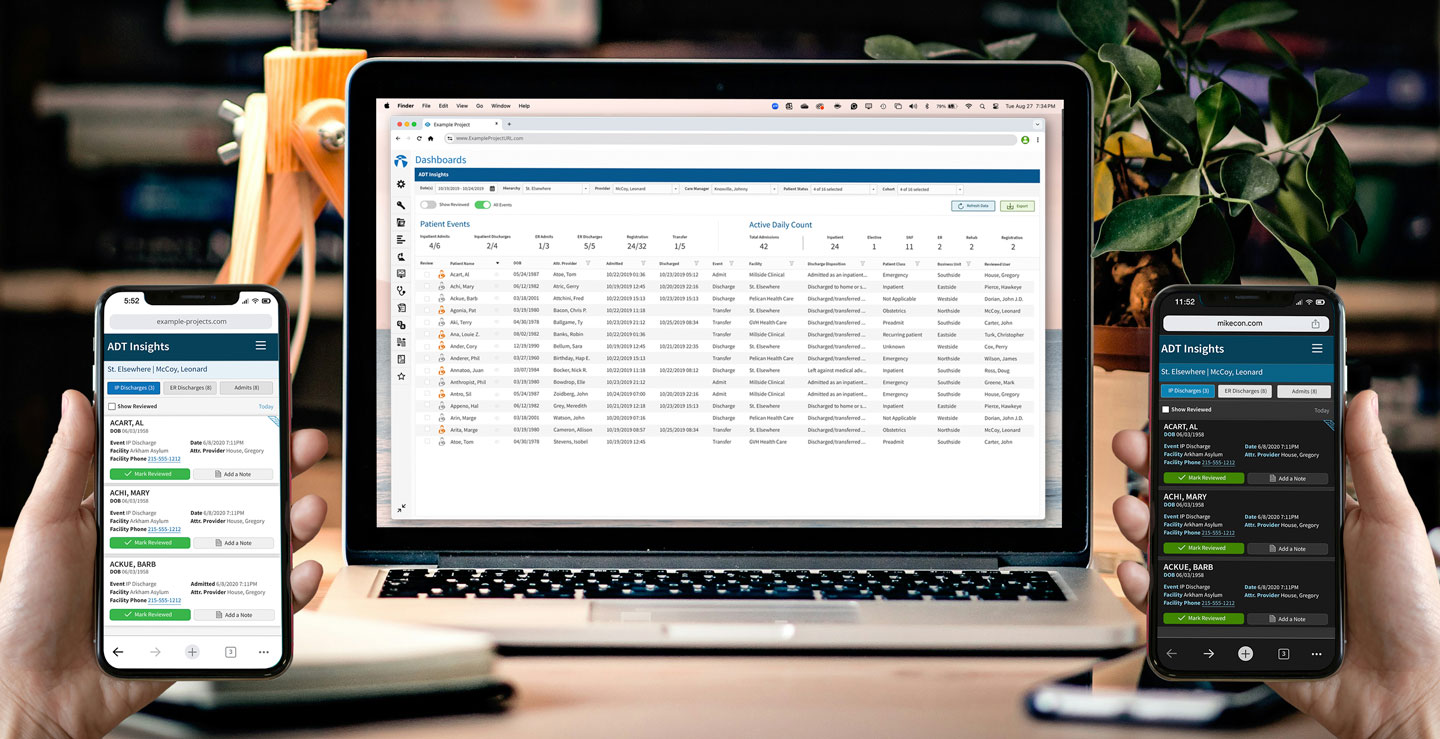


“A timely and intuitive solution is critical to empowering physicians and enhancing care management. This platform must be designed to deliver a seamless user experience on both desktop and mobile devices, ensuring accessibility and usability across all touchpoints.”
Healthcare providers struggled to manage critical patient events due to delayed notifications and fragmented systems. Physicians often discovered key events too late to intervene effectively, limiting their ability to provide timely care. Without a centralized solution, accessing patient data required navigating multiple platforms, adding unnecessary complexity and inefficiency to their workflow.
These challenges had a direct impact on care quality and financial performance. Missed interventions not only affected patient outcomes but also jeopardized financial incentives tied to quality metrics. A more integrated, real-time approach was needed to streamline workflows and ensure timely, data-driven decision-making.

Goal: Enable physicians to monitor critical events (admits, discharges, & readmits) in real time.
The solution focused on real-time event monitoring, ensuring that physicians received immediate notifications when critical patient events occurred. By delivering timely alerts, healthcare providers could intervene faster, improving patient outcomes and reducing delays in care.
To enhance accessibility, a mobile-optimized experience was developed alongside the desktop version. This allowed physicians to stay informed and take action from anywhere, ensuring seamless continuity of care across devices.
A flexible design was implemented, offering both dark and light mode options to accommodate different usage scenarios and user preferences. This adaptability improved usability across various environments, from brightly lit hospital rooms to dimly lit night shifts.
Finally, a user-friendly interface was prioritized to provide easy navigation and fast access to critical patient data. The intuitive design minimized cognitive load, allowing healthcare providers to focus on patient care rather than struggling with complex systems.
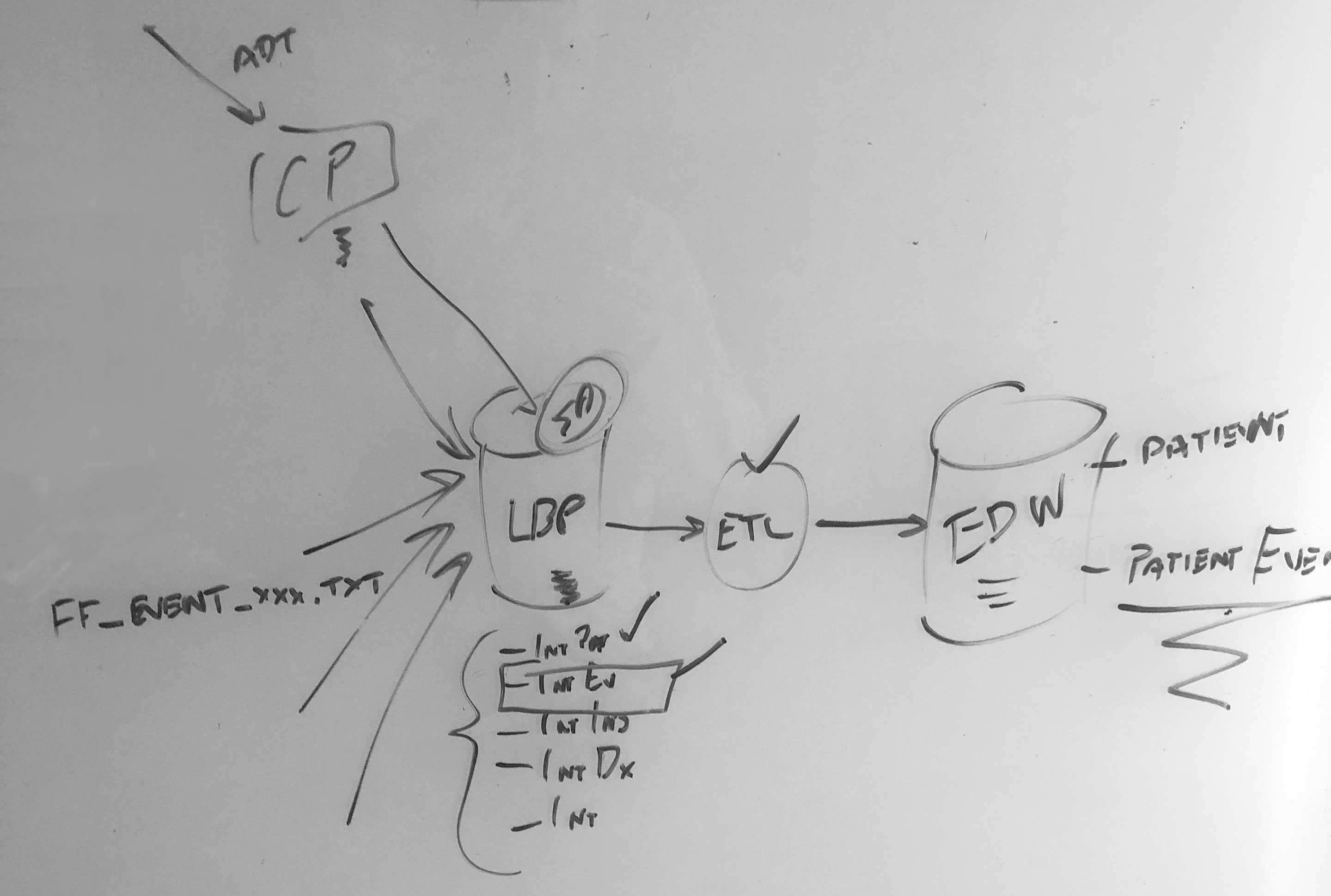
Goal: Develop a UX research plan for both internal subject matter experts, and end users.
With a short deadline driven by a signed statement of work (SOW) with a key client, we needed to deliver a timely solution for the ADT Dashboard. Fortunately, the client was eager to collaborate and provided valuable assistance during the UX research phase.
To ensure the solution effectively addressed user pain points, the UX team moved quickly to conduct extensive external research with the client and other trusted partners. These discussions offered critical insights into real-world workflows and challenges. In parallel, we carried out internal research by engaging stakeholders and subject matter experts (SMEs) to gain a comprehensive understanding of system architecture and business goals. This combined approach ensured the dashboard was both user-centered and aligned with broader organizational objectives.
The success of the ADT Dashboard was built on an iterative design process that prioritized user input, cross-functional collaboration, and ongoing refinement. This method ensured that each design choice was thoughtfully aligned with user expectations, organizational goals, and technical constraints.
By embracing an iterative approach, we reduced risks, streamlined workflows, and delivered a high-quality solution within the constraints of an accelerated timeline.

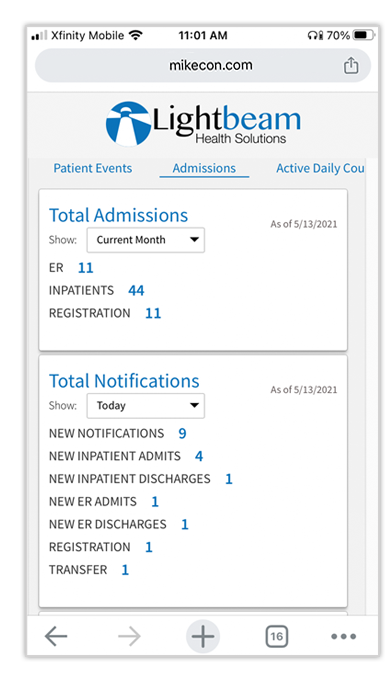

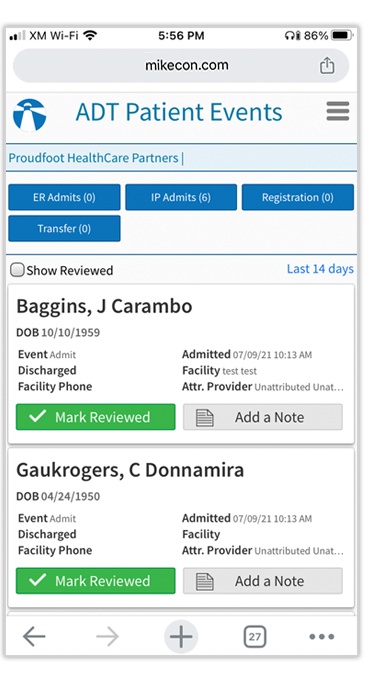
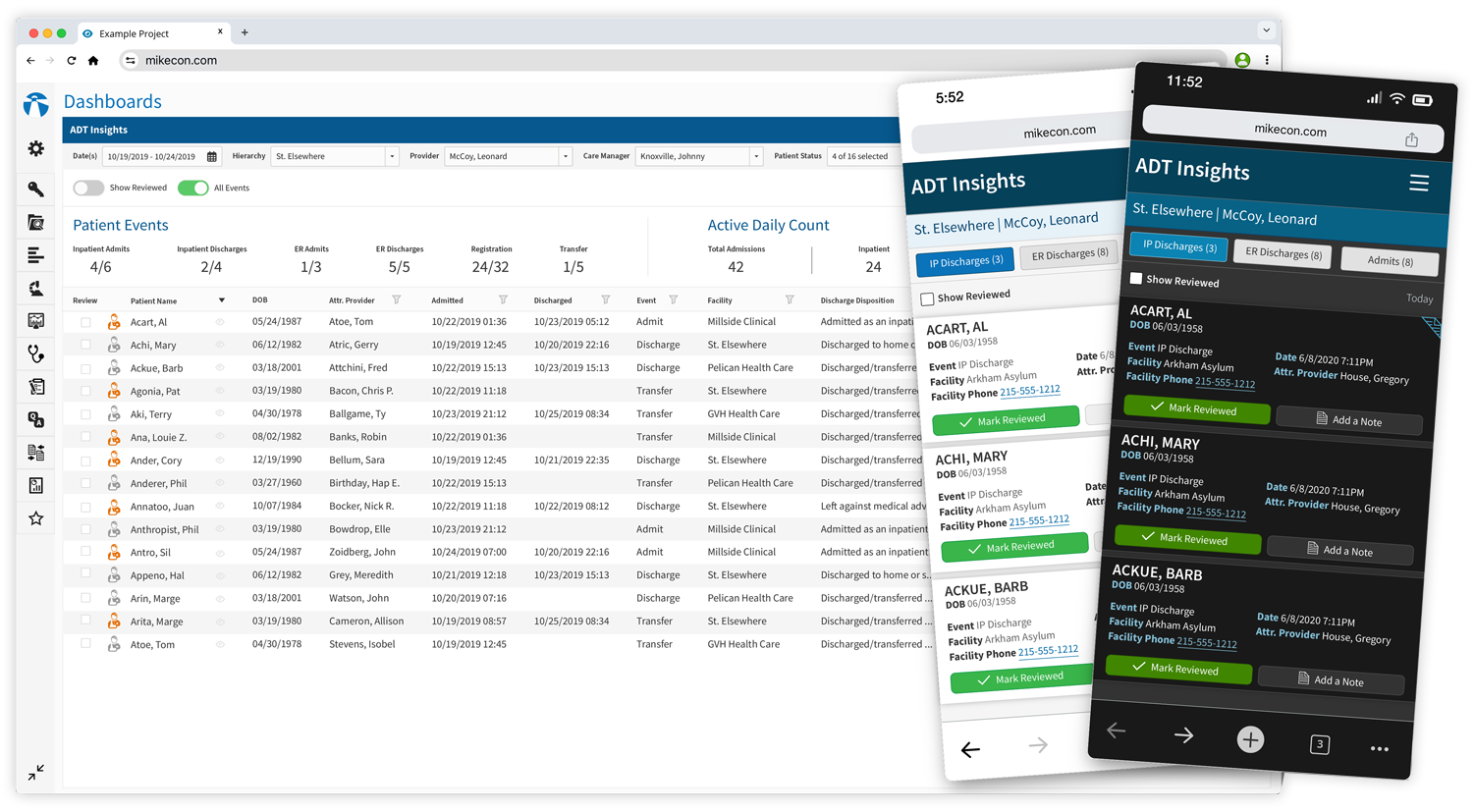
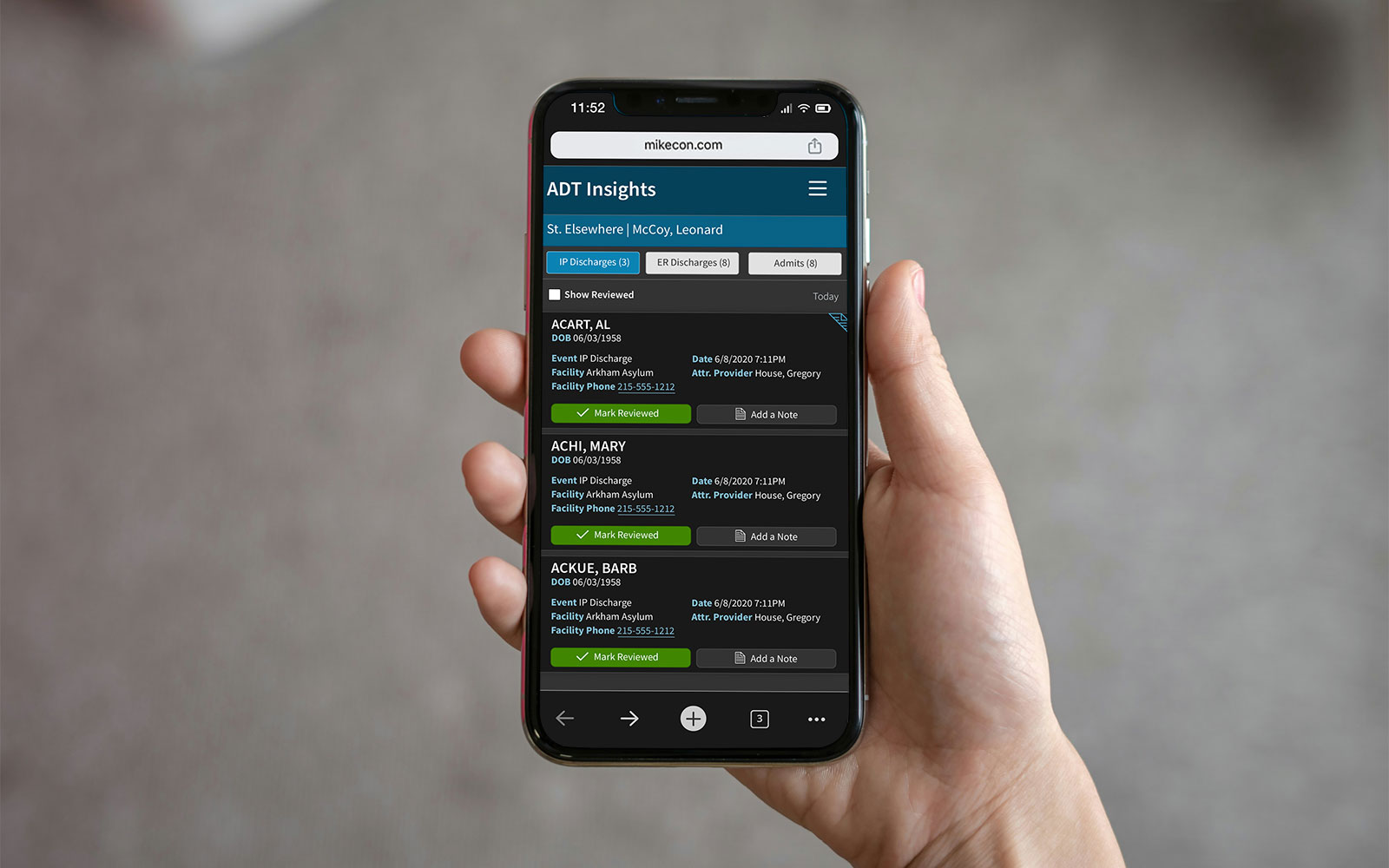
The ADT Dashboard delivers real-time tools that empower physicians to monitor and act on critical patient events with speed and precision. Designed for both desktop and mobile platforms, the dashboard ensures that users have seamless access to essential data, whether they’re in the office or remotely on their phone.
With its intuitive interface, physicians can quickly filter and prioritize events like admissions, discharges, and readmissions, while receiving instant notifications to prompt timely interventions. The inclusion of dark and light modes enhances usability across different environments, and the platform’s mobile optimization allows for effortless navigation and interaction on smaller screens. Together, these features create a streamlined workflow that supports better decision-making and improved patient care.
Faster response times to critical patient events.
Increase in satisfaction scores for usability and accessibility.
Mobile adoption rates within the 3 months of release.
This project emphasized the importance of user-centered design in balancing desktop and mobile usability. By incorporating user feedback at every stage, we delivered a solution that improved care management and empowered physicians to act quickly and effectively.

“The ADT Dashboard has streamlined how we monitor patient events—everything is right at our fingertips, whether we’re at a desk or on the go.”